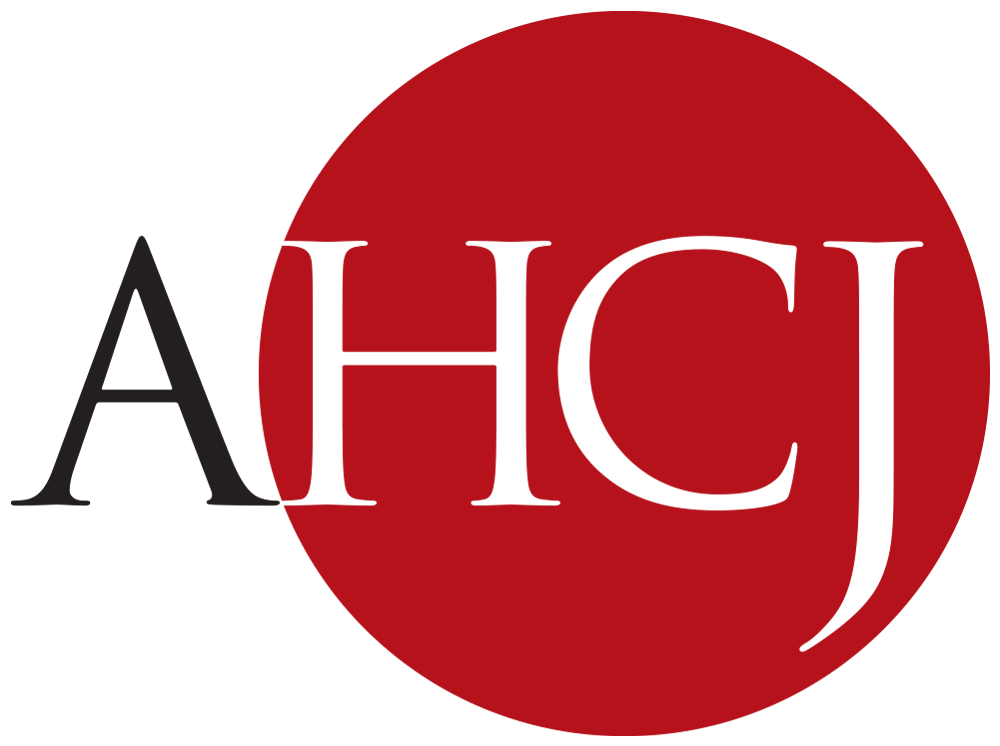Check out the conference summary below.
Panelists:
- Shraddha Chakradhar, deputy news editor for diversity, Science Magazine
- Jyoti Madhusoodanan, independent journalist
- Nate Payne, regional editor, Kaiser Health News
- Cheryl Weinstock, independent journalist
- Michele Cohen Marill, freelance writer (moderator)
By Jennifer T. Edwards
The session featured health-focused writers and editors who highlighted three overarching themes: communication, transparency, and relationships
Shraddha Chakradhar, the deputy news editor for Science Magazine, talked about her experience with writers who don't keep editors updated with problems they encounter during the writing process. She emphasized the importance of keeping the channels of communication open and remaining transparent with the editor or writer.
Cheryl Weinstock, an independent journalist, said writers should share some aspects of their personal lives with editors when they encounter emergency situations that might impact the writing process. Writers who fail to communicate with one editor might live in fear of being “redlined” by the editor for future opportunities
However, the panelists countered this mindset by stating it was difficult for writers to become redlined by a publication. The editors mphasized the importance of taking a pause from a writer who fails to communicate, but they noted the pause is usually not permanent.
Even when writers struggle to fill holes in their stories, they are encouraged to tell the editor about those issues. Nate Payne, regional editor for Kaiser Health News, said he prefers writers who acknowledge potential gaps in the drafts they submit. Undisclosed gaps are eventually discovered by the editor, and the writer’s acknowledgements of these gaps are helpful for the editing process. He also talked about the importance of dialogue and being transparent about the areas in which the writer is experiencing difficulty
Writers benefit from transparent communication from editors as well. Michele Cohen Marill said freelancers often feel they’re in the dark and don’t know what might be happening internally at a publication that could affect the progress of an article. She said it was reassuring to hear the editors talk during the panel about their desire to communicate well with writers.
Communication between writers and editors usually begins with a simple pitch. Jyoti Madhusoodanan, an independent journalist, elevated the importance of not taking rejection personally. Writers sometimes submit bad pitches, but they should reframe their pitches as the starting point of conversation with future editors. These pitches should contain two to three ideas, and writers should be prepared to submit the pitch to another editor.
The session ended with a candid conversation about the importance of pay equity for freelance journalists, who help the general population and the health care industry get their stories out. Editors and writers are important in the health journalism process and transparency, communication, and trust can build and maintain relationships within the industry.
Jennifer T. Edwards serves as professor of communication at Tarleton State University in Stephenville, Texas. She was a 2023 AHCJ-Texas Health Journalism Fellow.
Referenced resources
- Conflicts of Interest: Guidance for Science Writers
- https://www.nasw.org/article/conflicts-interest-guidance-science-writers
